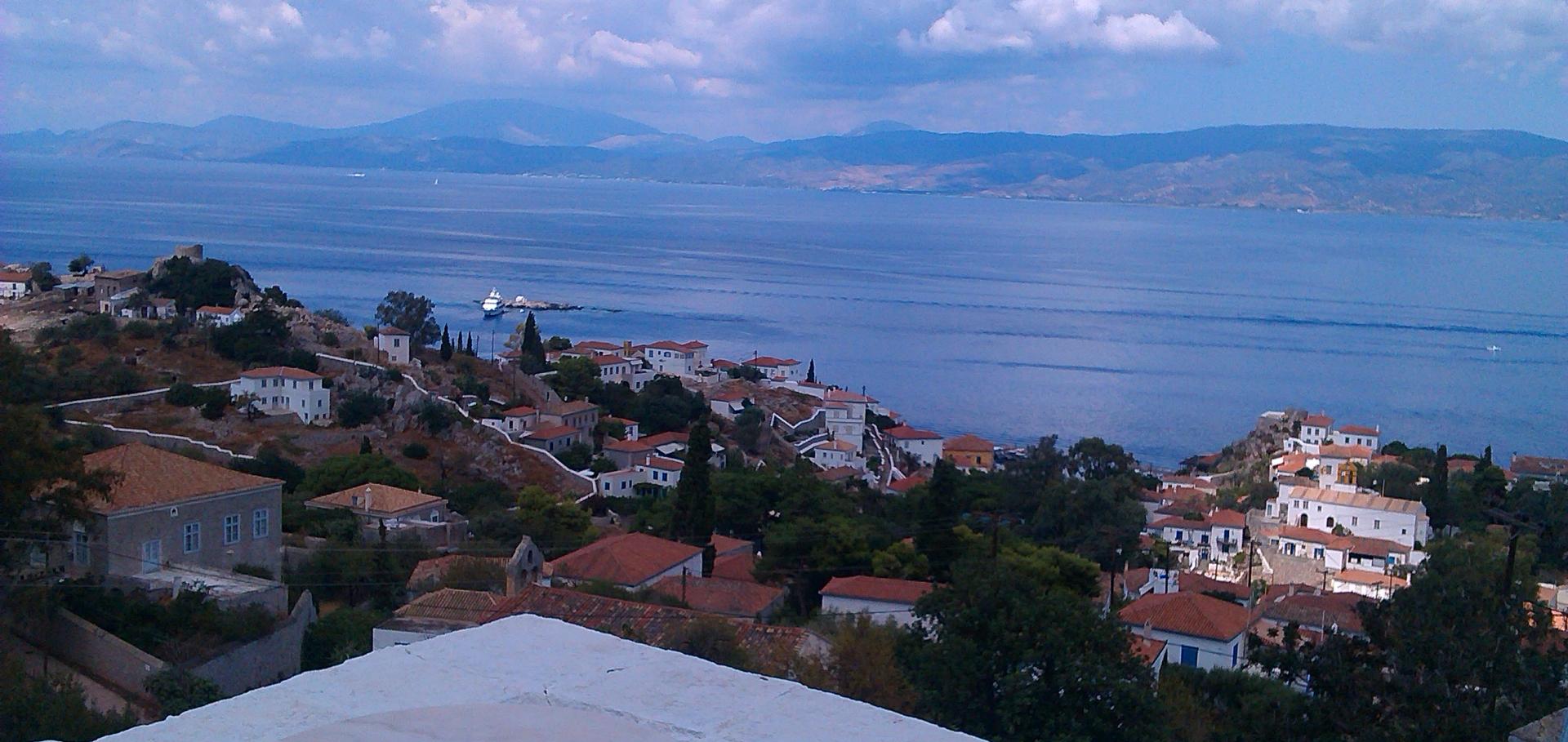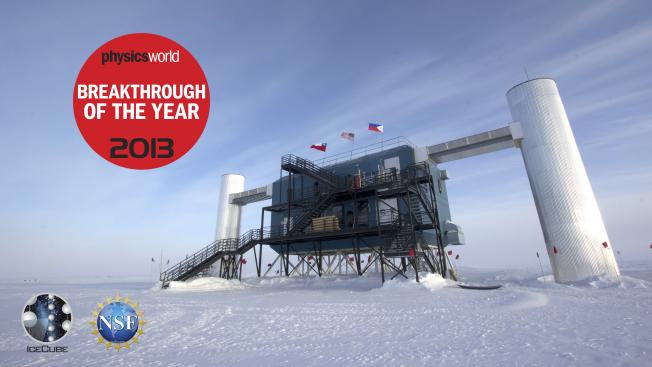Large scale distribution of arrival directions of cosmic rays detected above $10^{18}$ eV at the Pierre Auger Observatory
Abstract:
A thorough search for large scale anisotropies in the distribution of arrival directions of cosmic rays detected above $10^{18}$ eV at the Pierre Auger Observatory is presented. This search is performed as a function of both declination and right ascension in several energy ranges above $10^{18}$ eV, and reported in terms of dipolar and quadrupolar coefficients. Within the systematic uncertainties, no significant deviation from isotropy is revealed. Assuming that any cosmic ray anisotropy is dominated by dipole and quadrupole moments in this energy range, upper limits on their amplitudes are derived. These upper limits allow us to challenge an origin of cosmic rays above $10^{18}$ eV from stationary galactic sources densely distributed in the galactic disk and emitting predominantly light particles in all directions.Search for Neutrinos from Annihilating Dark Matter in the Direction of the Galactic Center with the 40-String IceCube Neutrino Observatory
Abstract:
A search for muon neutrinos from dark matter annihilations in the Galactic Center region has been performed with the 40-string configuration of the IceCube Neutrino Observatory using data collected in 367 days of live-time starting in April 2008. The observed fluxes were consistent with the atmospheric background expectations. Upper limits on the self-annihilation cross-section are obtained for dark matter particle masses ranging from 100 GeV to 10 TeV. In the case of decaying dark matter, lower limits on the lifetime have been determined for masses between 200 GeV and 20 TeV.Searches for high-energy neutrino emission in the Galaxy with the combined IceCube-AMANDA detector
Abstract:
We report on searches for neutrino sources at energies above 200 GeV in the Northern sky of the galactic plane, using the data collected by the South Pole neutrino telescopes IceCube and AMANDA. The galactic region considered here includes the Local Arm towards the Cygnus region and our closest approach to the Perseus Arm. The data have been collected between 2007 and 2009 when AMANDA was an integrated part of IceCube, which was still under construction and operated with 22-strings (2007-8) and 40-strings (2008-9) of optical modules deployed in the ice. By combining the larger IceCube detector with the lower energy threshold of the more compact AMANDA detector, we obtain an improved sensitivity at energies below $\sim$10 TeV with respect to previous searches. The analyses presented here are: a scan for point sources within the galactic plane; a search optimized for multiple and extended sources in the Cygnus region, which might be below the sensitivity of the point source scan; and studies of seven pre-selected neutrino source candidates. For one of them, Cygnus X-3, a time-dependent search for neutrinos in coincidence with observed radio and X-ray flares has been performed. No evidence of a signal is found, and upper limits are reported for each of the searches. We investigate neutrino spectra proportional to E$^{-2}$ and E$^{-3}$ to cover the entire range of possible spectra. The soft E$^{-3}$ spectrum results in an energy distribution similar to a source with cut-off below $\sim$50 TeV. For the considered region of the galactic plane, the 90% confidence level muon neutrino flux upper limits are in the range E$^3$dN/dE$\sim 5.4 - 19.5 \times 10^{-11} \rm{TeV^{2} cm^{-2} s^{-1}}$ for point-like neutrino sources in the energy region [180.0 GeV - 20.5 TeV]. These represent the most stringent upper limits for soft-spectra neutrino sources within the Galaxy reported to date.Antennas for the Detection of Radio Emission Pulses from Cosmic-Ray induced Air Showers at the Pierre Auger Observatory
Abstract:
The Pierre Auger Observatory is exploring the potential of the radio detection technique to study extensive air showers induced by ultra-high energy cosmic rays. The Auger Engineering Radio Array (AERA) addresses both technological and scientific aspects of the radio technique. A first phase of AERA has been operating since September 2010 with detector stations observing radio signals at frequencies between 30 and 80 MHz. In this paper we present comparative studies to identify and optimize the antenna design for the final configuration of AERA consisting of 160 individual radio detector stations. The transient nature of the air shower signal requires a detailed description of the antenna sensor. As the ultra-wideband reception of pulses is not widely discussed in antenna literature, we review the relevant antenna characteristics and enhance theoretical considerations towards the impulse response of antennas including polarization effects and multiple signal reflections. On the basis of the vector effective length we study the transient response characteristics of three candidate antennas in the time domain. Observing the variation of the continuous galactic background intensity we rank the antennas with respect to the noise level added to the galactic signal.Measurement of the cosmic ray energy spectrum using hybrid events of the Pierre Auger Observatory
Abstract:
The energy spectrum of ultra-high energy cosmic rays above 1018 eV is measured using the hybrid events collected by the Pierre Auger Observatory between November 2005 and September 2010. The large exposure of the Observatory allows the measurement of the main features of the energy spectrum with high statistics. Full Monte Carlo simulations of the extensive air showers (based on the CORSIKA code) and of the hybrid detector response are adopted here as an independent cross check of the standard analysis (Phys. Lett. B 685, 239 (2010)). The dependence on mass composition and other systematic uncertainties are discussed in detail and, in the full Monte Carlo approach, a region of confidence for flux measurements is defined when all the uncertainties are taken into account. An update is also reported of the energy spectrum obtained by combining the hybrid spectrum and that measured using the surface detector array.



